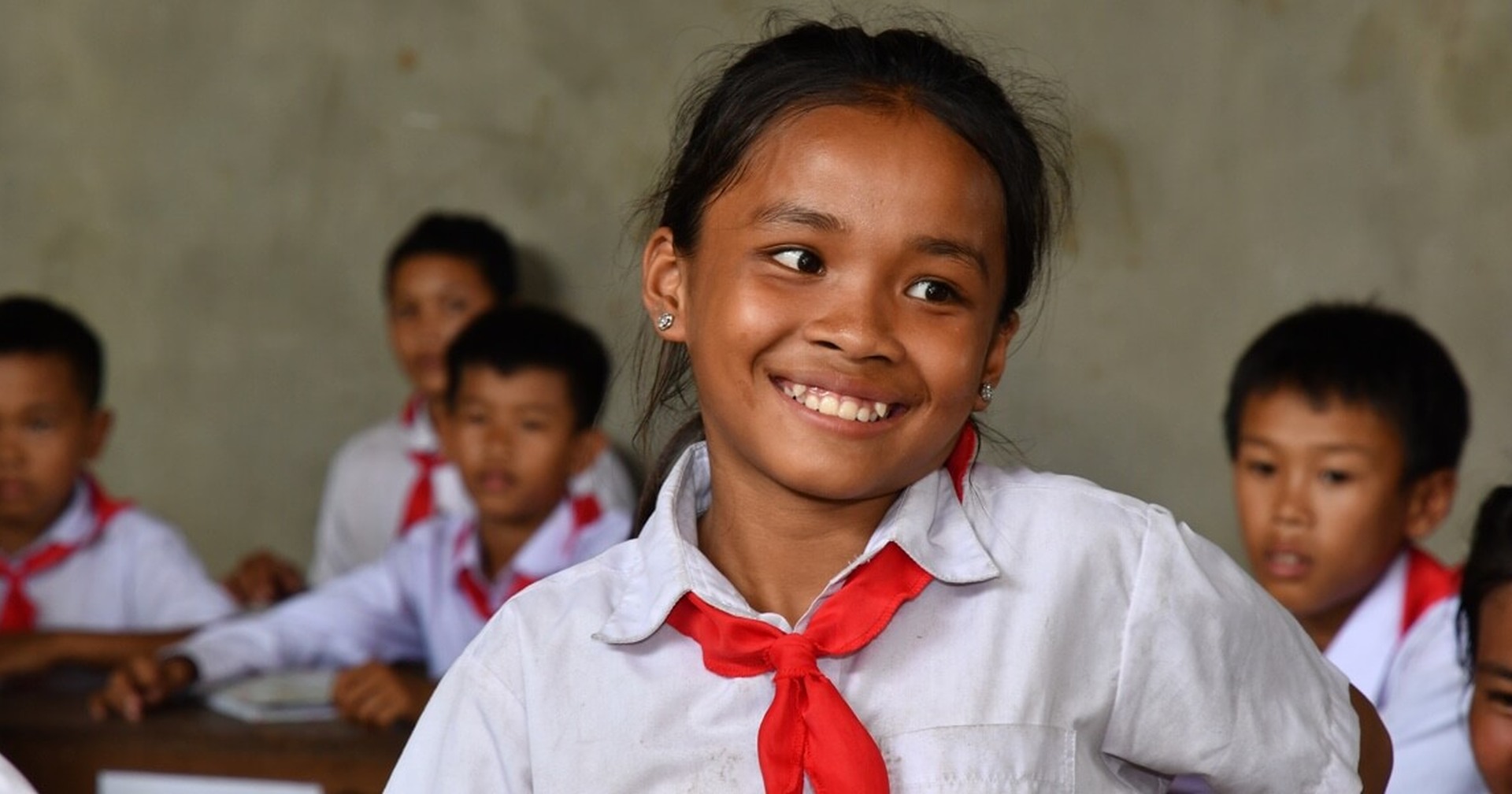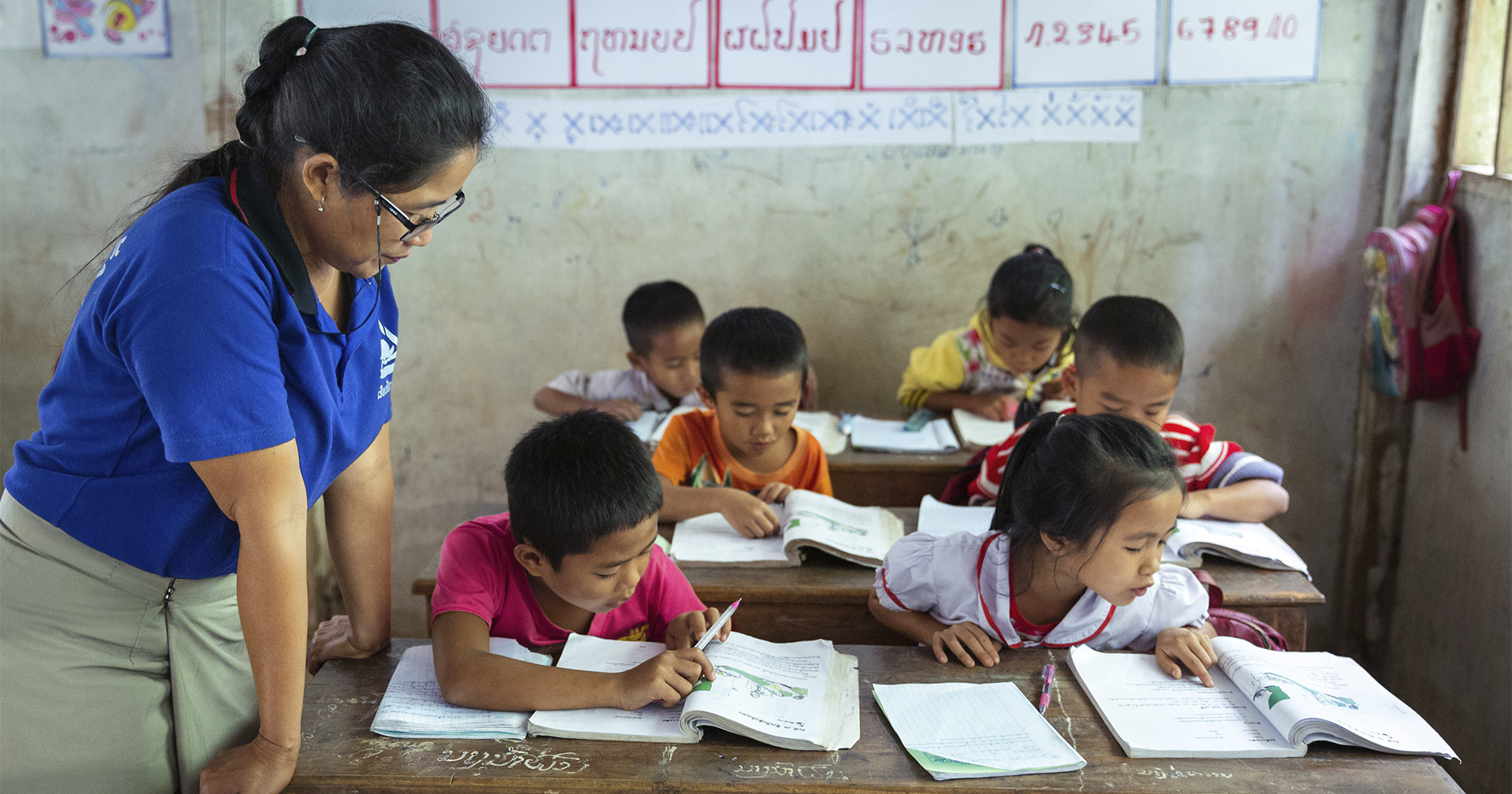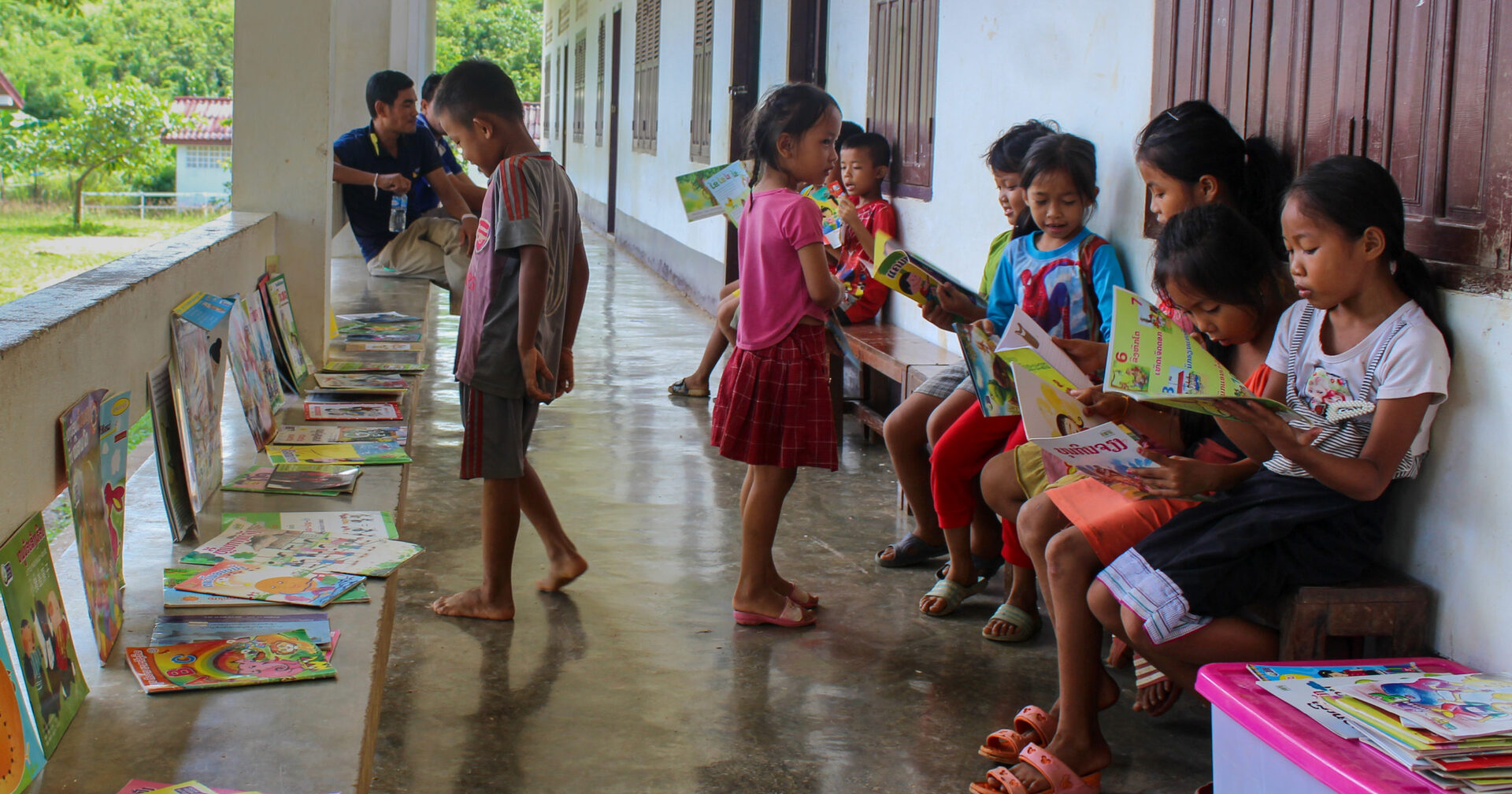Kiwanis Scholarship Fund
Description
Objectives
- Promote Higher Education: Encourage and support students in their pursuit of higher education by providing financial aid.
- Recognize Excellence: Reward students who exhibit exceptional academic performance, leadership qualities, and community involvement.
- Foster Community Leaders: Invest in the next generation of leaders who will contribute positively to their communities and beyond.
- Reduce Financial Barriers: Help alleviate the financial challenges that may hinder students from accessing quality education.
- Support Diverse Fields of Study: Provide scholarships to students pursuing a wide range of academic disciplines, including arts, sciences, technology, and vocational training.
Eligibility Criteria
- Academic Achievement: Applicants must have a strong academic record, demonstrating consistent excellence in their studies.
- Community Service: Candidates should have a proven track record of involvement in community service and volunteer activities.
- Leadership Potential: Students who have shown leadership qualities and have taken on leadership roles in school, community organizations, or other settings.
- Financial Need: Consideration is given to applicants who demonstrate financial need, ensuring that the scholarships help those who need it most.
- Essay Submission: Applicants are often required to submit an essay outlining their academic and career goals, their commitment to community service, and how the scholarship will help them achieve their objectives.
- Letters of Recommendation: Candidates may need to provide letters of recommendation from teachers, community leaders, or other individuals who can attest to their qualifications and character.
Application Process
- Application Form: Students must complete an application form providing personal information, academic history, and details of their community service and leadership activities.
- Essay: Applicants submit a well-written essay that highlights their goals, achievements, and reasons for applying for the scholarship.
- Transcripts: Academic transcripts must be submitted to verify the student's academic performance.
- Letters of Recommendation: Applicants provide letters of recommendation from individuals who can speak to their academic abilities, leadership potential, and community involvement.
- Financial Information: Students may need to provide information about their financial situation to assess their level of financial need.
- Interview: Some applicants may be invited for an interview with the scholarship committee to discuss their application in more detail.
Selection Process
- Review of Applications: The scholarship committee reviews all applications, assessing each candidate's academic achievements, community service, leadership potential, and financial need.
- Scoring and Ranking: Applicants are scored and ranked based on predetermined criteria, with the highest-scoring candidates being shortlisted for further consideration.
- Interviews: Shortlisted candidates may be invited for interviews, allowing the committee to gain deeper insights into their qualifications and aspirations.
- Final Selection: The scholarship committee makes the final selection of scholarship recipients, ensuring a fair and balanced distribution of funds across various fields of study and levels of financial need.
- Announcement: Successful applicants are notified, and the scholarship awards are publicly announced, celebrating the achievements of the recipients.
Scholarship Awards
- Full Scholarships: Covering the full cost of tuition, fees, and other associated expenses for the duration of the recipient's academic program.
- Partial Scholarships: Providing partial financial assistance to help cover tuition costs, books, and other educational expenses.
- One-Time Awards: Single-year scholarships that provide financial support for one academic year, often used to assist students with immediate financial needs.
- Renewable Scholarships: Multi-year scholarships that can be renewed annually, subject to the recipient maintaining satisfactory academic progress and continued involvement in community service.
Impact and Success Stories
- Graduates in STEM Fields: Scholarship recipients who have pursued degrees in science, technology, engineering, and mathematics, contributing to advancements in these critical areas.
- Community Leaders: Graduates who have taken on leadership roles in community organizations, using their education and skills to drive positive change.
- Healthcare Professionals: Students who have pursued careers in healthcare, providing essential services and improving health outcomes in their communities.
- Educators: Graduates who have become teachers and educators, inspiring the next generation of students and fostering a love of learning.
Conclusion
Contribution
Other Projects
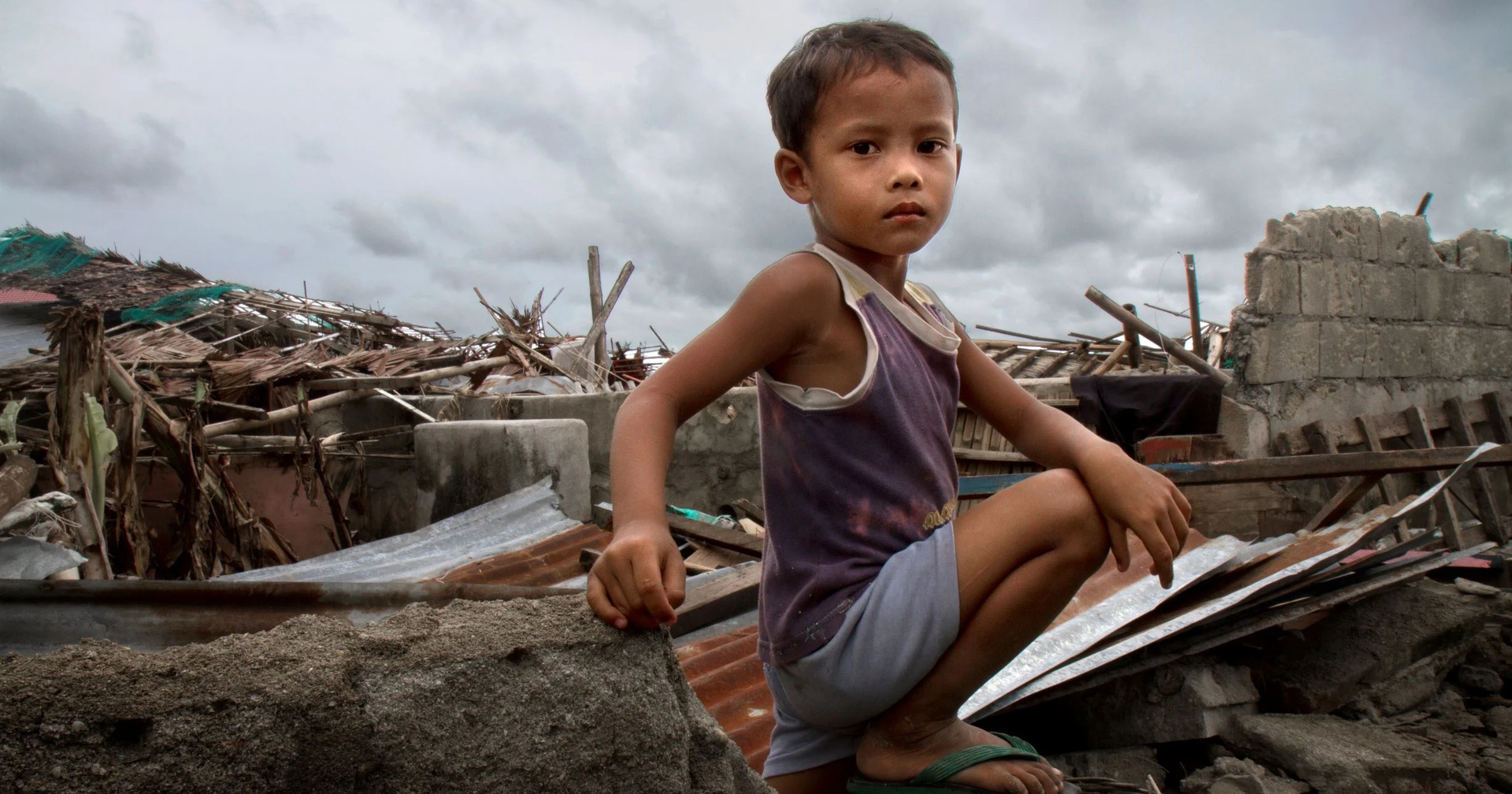
Disaster Relief Fund
The Kiwanis Disaster Relief Fund is a crucial initiative designed to provide immediate and effective assistance to communities affected by natural disasters and other emergencies. Recognizing the urgent need for support in times of crisis, this fund aims to deliver timely aid to those impacted, helping them recover and rebuild their lives. By mobilizing resources and leveraging the Kiwanis network, the Disaster Relief Fund plays a vital role in offering hope and relief to disaster-stricken areas. Objectives The primary objectives of the Kiwanis Disaster Relief Fund are: Immediate Response: Provide rapid and efficient assistance to communities affected by disasters.Basic Needs Support: Ensure the availability of essential supplies such as food, water, clothing, and shelter to those in need.Medical Assistance: Offer medical care and support to disaster victims, addressing immediate health concerns and preventing disease outbreaks.Reconstruction and Rehabilitation: Assist in the rebuilding of homes, schools, and community infrastructure to restore normalcy.Community Resilience: Strengthen community resilience by supporting disaster preparedness and risk reduction initiatives.Types of Disasters Covered The Kiwanis Disaster Relief Fund is equipped to respond to a variety of natural and man-made disasters, including: Natural Disasters: Hurricanes, earthquakes, floods, tornadoes, wildfires, and tsunamis.Health Emergencies: Epidemics and pandemics that impact large populations.Man-Made Disasters: Industrial accidents, chemical spills, and other crises resulting from human activity.Fund Allocation and Management The allocation and management of the Disaster Relief Fund are carefully planned to ensure transparency, efficiency, and maximum impact. Key aspects include: 1. Fundraising The Disaster Relief Fund is sustained through continuous fundraising efforts, including: Donations: Contributions from individuals, businesses, and other organizations.Fundraising Events: Special events organized by Kiwanis clubs to raise funds for disaster relief.Grants: Securing grants from government agencies and philanthropic organizations.2. Resource Mobilization In times of disaster, the fund is used to mobilize essential resources quickly. This includes: Emergency Supplies: Procuring and distributing food, water, clothing, and hygiene kits.Medical Aid: Providing medicines, medical equipment, and healthcare personnel to affected areas.Shelter: Setting up temporary shelters and providing materials for rebuilding homes.3. Coordination and Partnerships Effective disaster response requires coordination with various stakeholders, including: Local Authorities: Working closely with local governments to ensure a coordinated response.Other NGOs: Partnering with other non-governmental organizations to maximize the reach and effectiveness of relief efforts.Community Volunteers: Engaging local volunteers to assist in relief and rehabilitation activities.Response and Recovery Process The Kiwanis Disaster Relief Fund follows a structured process to ensure an effective response and recovery: 1. Assessment Immediately after a disaster strikes, a rapid assessment is conducted to determine the extent of the damage and identify the most pressing needs. This involves: On-the-Ground Teams: Deploying teams to affected areas to gather firsthand information.Coordination with Authorities: Collaborating with local authorities to understand the situation and plan an appropriate response.2. Immediate Relief Based on the assessment, immediate relief efforts are initiated to address urgent needs. This includes: Distribution of Supplies: Delivering food, water, clothing, and hygiene kits to affected individuals.Medical Care: Setting up medical camps and providing necessary medical care to victims.Temporary Shelters: Establishing temporary shelters for those who have lost their homes.3. Rehabilitation and Reconstruction Once the immediate relief phase is over, efforts shift towards long-term recovery and rebuilding. This involves: Home Reconstruction: Assisting families in rebuilding their homes, ensuring they are safer and more resilient.Infrastructure Repair: Supporting the repair and reconstruction of essential infrastructure such as schools, healthcare facilities, and community centers.Livelihood Support: Providing resources and training to help affected individuals restore their livelihoods.4. Monitoring and Evaluation To ensure the effectiveness and accountability of the relief efforts, continuous monitoring and evaluation are conducted. This includes: Progress Reports: Regularly updating stakeholders on the progress of relief and recovery activities.Impact Assessment: Evaluating the impact of the assistance provided to ensure it meets the needs of the affected communities.Community Resilience and Preparedness In addition to responding to disasters, the Kiwanis Disaster Relief Fund also focuses on building community resilience and preparedness. This includes: Training Programs: Conducting training sessions on disaster preparedness and response for community members.Risk Reduction Projects: Implementing projects aimed at reducing the risk of future disasters, such as building flood defenses and earthquake-resistant structures.Awareness Campaigns: Raising awareness about disaster preparedness and encouraging communities to develop emergency plans.Success Stories and Impact The Kiwanis Disaster Relief Fund has made a significant impact in various disaster-stricken areas. Some notable success stories include: 1. Hurricane Response In the aftermath of devastating hurricanes, the fund provided immediate relief by distributing food, water, and medical supplies to affected communities. Long-term support included rebuilding homes and schools, enabling families to return to normalcy. 2. Earthquake Recovery Following a major earthquake, the Kiwanis Disaster Relief Fund played a crucial role in providing temporary shelters and medical care to victims. Reconstruction efforts helped rebuild critical infrastructure, including healthcare facilities and educational institutions. 3. Pandemic Support During the COVID-19 pandemic, the fund supported communities by providing personal protective equipment (PPE), medical supplies, and food aid. Additionally, awareness campaigns helped educate the public on safety measures to prevent the spread of the virus. Conclusion The Kiwanis Disaster Relief Fund is a testament to the Kiwanis Club's dedication to helping communities in times of crisis. Through swift response, effective resource mobilization, and a focus on long-term recovery, the fund provides essential support to those affected by disasters. By continuously building community resilience and preparedness, the Kiwanis Disaster Relief Fund ensures that communities are better equipped to face future challenges. The combined efforts of Kiwanis members, volunteers, and donors make this initiative a beacon of hope and recovery for disaster-stricken areas worldwide.

Companionship Program
The Kiwanis Kids Companionship Program is a comprehensive initiative designed to foster positive relationships and enrich the lives of children within the community. This program aims to provide mentorship, companionship, and a variety of enriching activities to children who may benefit from additional support and positive role models. Through structured activities, personalized mentorship, and community engagement, the Kiwanis Kids Companionship Program seeks to build a foundation of trust, learning, and growth for the youth involved. Sample of Live Video https://www.youtube.com/watch?v=XWq5kBlakcQ Objectives The primary objectives of the Kiwanis Kids Companionship Program are: Mentorship: Pair children with dedicated mentors who can provide guidance, support, and friendship.Personal Development: Foster personal growth and self-confidence through various educational and recreational activities.Community Engagement: Encourage children to participate in community service and civic activities to instill a sense of responsibility and community pride.Academic Support: Offer tutoring and educational resources to help children succeed academically.Social Skills Development: Provide opportunities for children to develop social skills through group activities and peer interactions.Program Structure The Kiwanis Kids Companionship Program is structured to ensure that each child receives personalized attention and support. The program is divided into several key components: 1. Mentorship Pairing Children are paired with mentors based on shared interests, goals, and personalities. Mentors undergo thorough background checks and training to ensure they are well-equipped to support and guide their mentees. Regular meetings between mentors and mentees are scheduled to build a strong and trusting relationship. 2. Enrichment Activities A variety of enrichment activities are organized to cater to the diverse interests of the children. These activities include: Sports and Physical Activities: Team sports, fitness classes, and outdoor adventures to promote physical health and teamwork.Arts and Crafts: Workshops on painting, drawing, sculpting, and other creative arts to encourage self-expression.STEM Activities: Science, technology, engineering, and mathematics projects to stimulate curiosity and problem-solving skills.Music and Performing Arts: Music lessons, dance classes, and drama workshops to nurture artistic talents.3. Educational Support Recognizing the importance of academic success, the program offers: Tutoring Services: One-on-one and group tutoring sessions in various subjects to help children improve their academic performance.Homework Help: After-school programs where children can receive assistance with their homework and assignments.Reading Programs: Initiatives to promote literacy and a love for reading through book clubs and reading challenges.4. Community Service Projects Children are encouraged to participate in community service projects to learn the value of giving back. These projects include: Neighborhood Clean-ups: Organizing and participating in clean-up drives to beautify the community.Charity Events: Helping organize and run charity events, such as food drives and fundraisers, to support those in need.Senior Companionship: Visiting local senior centers to spend time with elderly residents, fostering intergenerational connections.5. Social Skills Workshops To help children develop strong social skills, the program offers workshops on: Communication Skills: Teaching effective communication techniques, including active listening and expressing oneself clearly.Conflict Resolution: Strategies for resolving conflicts peacefully and respectfully.Teamwork and Collaboration: Activities that require working together towards a common goal, emphasizing the importance of cooperation and respect for others.Evaluation and Impact The success of the Kiwanis Kids Companionship Program is measured through: Regular Assessments: Periodic evaluations of each child's progress in various areas, including academic performance, social skills, and personal development.Feedback from Participants: Collecting feedback from children, parents, and mentors to continuously improve the program.Community Impact: Assessing the broader impact of the program on the community through surveys and community feedback.Conclusion The Kiwanis Kids Companionship Program is a testament to the Kiwanis Club's commitment to making a positive and lasting impact on the lives of children. By providing mentorship, educational support, and enriching activities, the program aims to create a nurturing environment where children can thrive. Through the combined efforts of dedicated mentors, supportive community members, and engaged participants, the program seeks to build a brighter future for the youth it serves.
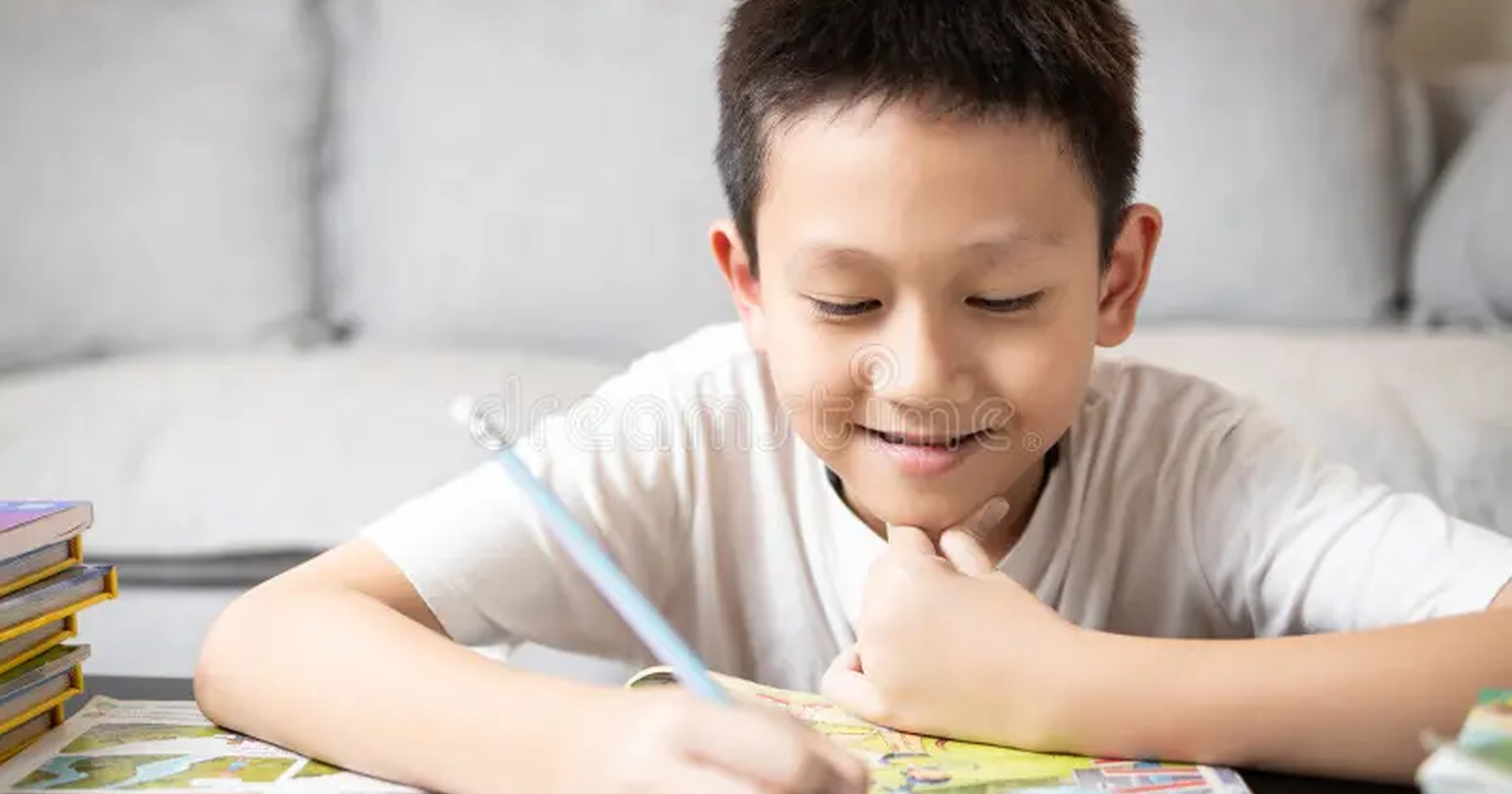
Reading Buddies Program
Literacy is the foundation of lifelong learning, yet many children struggle with reading at an early age. The Reading Buddies Program pairs volunteers with young students to provide one-on-one reading support. Donations fund the purchase of books, reading materials, and training for volunteers, helping children develop a love for reading and improving their academic performance.
